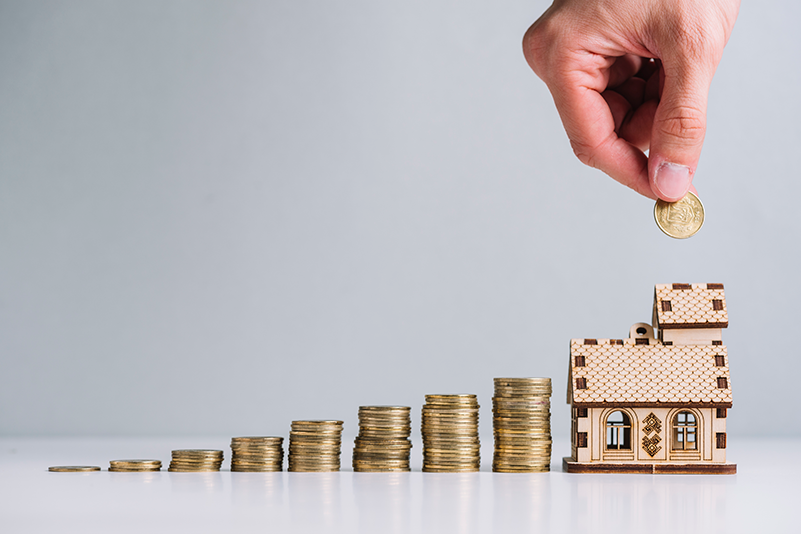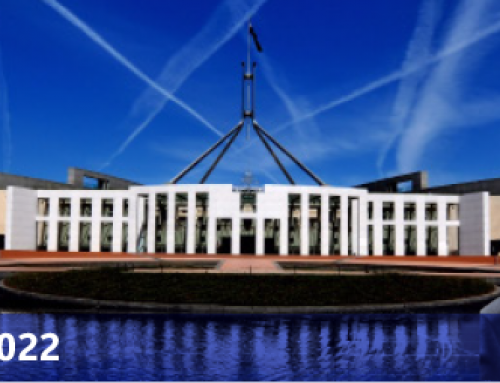Interest rate announcement – March 2020
This month, in the context of the Coronavirus outbreak and its impact on markets and consumer condfidence, the RBA has reduced the cash rate to a new record low of 0.50%. We expect this reduction to be at least partly passed on to borrowers. The inflation rate is currently 1.8% which is below the RBA’s ideal range of between 2% and 3%.
A rebound in the pace of capital gains across the Australian housing market throughout February saw the national index rise by 1.1% over the month, with the strongest capital gains continuing to emanate from Sydney (+1.7%) and Melbourne (+1.2%), while the remaining capital cities recorded a more modest rise, with Darwin the exception where home values were down 1.4% over the month.
On an annual basis, both Sydney and Melbourne moved back into double-digit annual growth rates, with values up 10.9% and 10.7% respectively over the twelve months ending February.
The latest results continue the recovery trend that has been running since June last year, following a peak-to-trough decline of 8.4% in the national index, with larger falls in Sydney (-14.9%) and Melbourne (-11.1%).
While there is large variability in capital growth from region to region and across the product types, every capital city excluding Darwin is showing an upwards trajectory, demonstrating a geographic broadening in the recovery as low mor gage rates and better access to housing credit fuel buyer demand.
Since finding a trough last year, the national index finished February only 1.2% below its 2017 peak. According to CoreLogic head of research Tim Lawless, “At the current run rate of growth, the national index is likely to reach a new nominal high over the next two months.”
Melbourne was the most recent city to stage a nominal recovery with housing values surpassing the September 2017 peak last month. Melbourne has joined with Brisbane, Canberra, Hobart and Adelaide where housing values are also tracking at record highs.
Despite posting the most rapid recovery trend amongst the capitals, Sydney housing values remain 3.7% below the 2017 peak; based on the rate of growth over the past three months, Sydney housing values could stage a nominal recovery by the end of May this year.
Further evidence that the long-running downturn is over for the Perth housing market was revealed, with dwelling values increasing by 0.3% in February, marking four consecutive months where dwelling values have avoided a fall; a trend not seen since the market peaked in mid-2014. Tim Lawless said, “Although Perth values are now trending higher, the recovery period is likely to be a long one, with Perth housing values remaining 21.0% below their peak.”
Regional markets are generally lagging behind the capital cities, with housing values only 1.4% higher over the past twelve months compared with a 7.3% rise across the combined capital city markets. Tim Lawless said, “The diversity across regional Australia is extreme, with drought affected areas impacting the regional index. Meanwhile, the regional centres adjacent to the largest capitals, as well as coastal lifestyle markets, show a stronger performance.
Table 1: Changes in Dwelling Values as at 29 February 2020
| Month | Quarter | Annual | Total return | Median value | |
|---|---|---|---|---|---|
| Sydney | 1.7 | 4.6 | 10.9 | 14.4 | $872,934 |
| Melbourne | 1.2 | 3.9 | 10.7 | 14.3 | $689,088 |
| Brisbane | 0.6 | 1.7 | 1.9 | 6.5 | $503,265 |
| Adelaide | 0.1 | 0.8 | 0.4 | 4.9 | $439,53 |
| Perth | 0.3 | 0.4 | -4 | 0.1 | $442,691 |
| Hobart | 0.8 | 1.9 | 5 | 10.5 | $488,968 |
| Darwin | -1.4 | -1.8 | -7.8 | 0.1 | $386,345 |
| Canberra | 0.8 | 1.1 | 4.1 | 8.9 | $631,862 |
| Combined capitals | 1.2 | 3.4 | 7.3 | 11.1 | $637,710 |
| Combined regional | 0.7 | 1.9 | 1.4 | 6.3 | $391,460 |
| National | 1.1 | 3 | 6.1 | 10.1 | $549,918 |
Source: CoreLogic Hedonic Home Value Index, February 2020
Our Current Best Interest Rates
The best home loan rates we currently have available:
- Variable rate of 2.80% pa (comparison rate: 3.29% pa)
- 1 year fixed rate of 2.85% pa (comparison rate: 3.35% pa)
- 2 year fixed rate of 2.68% pa (comparison rate: 3.23% pa)
- 3 year fixed rate of 2.79% pa (comparison rate: 3.23% pa)
- 5 year fixed rate of 2.85% pa (comparison rate: 3.35% pa)
Assumptions: <$400,000 loan, owner-occupied purchase, principle & interest, LVR < 80%.



